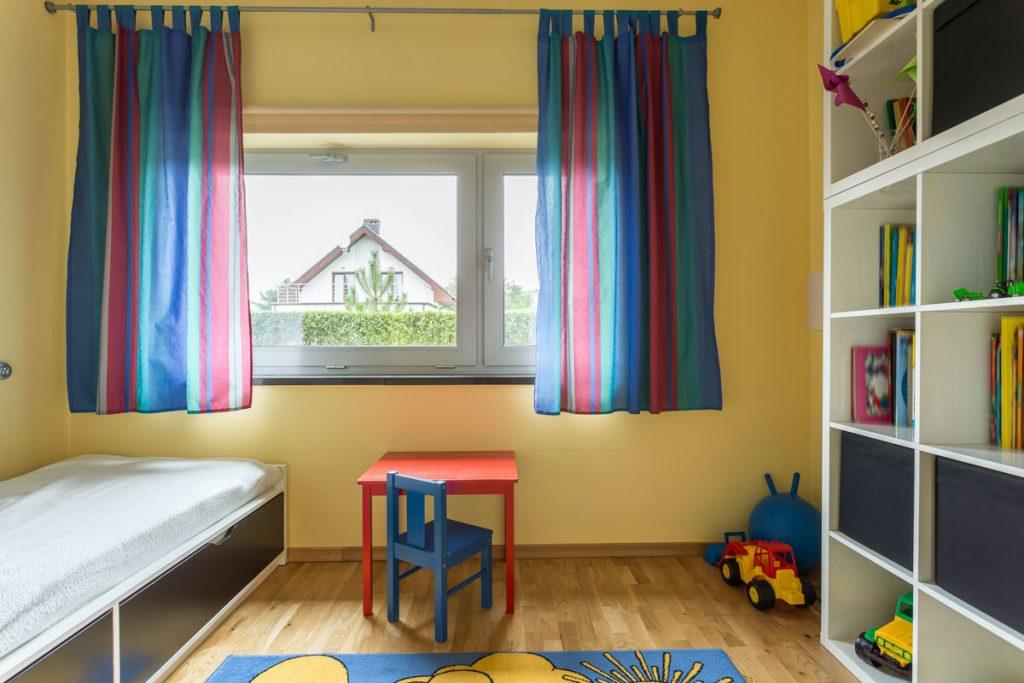In today’s fast-paced world, stress has become an unwelcome companion for many of us, weaving its way into our daily routines and affecting our well-being. Whether it’s the pressures of work, the demands of family, or the constant buzz of digital notifications, the weight of stress can feel overwhelming. Yet, amidst this chaos, there exists a powerful tool that can help us navigate these turbulent waters: mindfulness. In this article, we will explore some of the best mindfulness tips designed to manage daily stress effectively. With an empathetic approach, we aim to guide you through simple yet transformative practices that can bring a sense of calm and clarity to your life. Whether you are new to mindfulness or looking to deepen your practice, these tips will provide a gentle reminder that peace and tranquility are within reach, even on the busiest of days.
Understanding Your Stress Triggers with Compassion
In the whirlwind of daily life, identifying what specifically triggers your stress can be a transformative step toward well-being. By approaching these triggers with a sense of compassion and understanding, rather than judgment, you can create a more nurturing relationship with yourself.
- Self-Reflection: Take a few minutes each day to jot down situations or thoughts that seem to heighten your stress levels. This can be done through journaling or using a simple notes app on your phone.
- Mindful Observation: As you encounter stressful moments, pause and observe your feelings. Notice any physical sensations, emotions, or thoughts without trying to change them.
- Gentle Inquiry: Ask yourself, “What am I needing right now?” or “How can I support myself in this moment?” This gentle inquiry can shift your focus from stress to self-care.
To further understand your stress triggers, consider creating a simple table to track patterns over time. This can help you recognize recurring themes and areas that may need more attention.
| Trigger | Physical Response | Emotional Response | Action Taken |
|---|---|---|---|
| Work Deadline | Increased Heart Rate | Anxiety | Deep Breathing |
| Traffic Jam | Tense Muscles | Irritation | Listening to Music |
By identifying and understanding your stress triggers with empathy, you create space for healthier responses and a more balanced life. Remember, it’s not about eradicating stress but learning to dance with it gracefully.

Practicing Mindful Breathing to Soothe Your Mind
Mindful breathing is a powerful tool that can help you manage stress and find peace in your daily life. By focusing on your breath, you can bring your attention back to the present moment, easing anxiety and tension. Here’s how you can incorporate this practice into your routine:
- Find a Quiet Space: Choose a comfortable spot where you won’t be disturbed. This could be a cozy corner of your home or a peaceful outdoor setting.
- Focus on Your Breath: Close your eyes and take a deep breath in through your nose, feeling your chest and belly expand. Exhale slowly through your mouth. Repeat this process, allowing your mind to settle.
- Anchor Your Thoughts: If your mind starts to wander, gently bring your focus back to your breathing. Visualize each inhale and exhale as a wave, soothing your mind and body.
Mindful breathing can be particularly beneficial during stressful situations. Consider setting aside a few minutes each day to practice, gradually increasing the duration as you become more comfortable. Remember, the goal isn’t to control your thoughts, but to observe them without judgment. Let each breath guide you to a place of calm and clarity.
| Duration | Benefit |
|---|---|
| 5 minutes | Quick stress relief |
| 10 minutes | Improved focus and clarity |
| 20 minutes | Deep relaxation |

Incorporating Gentle Movement into Your Daily Routine
Finding ways to seamlessly integrate gentle movement into your daily routine can be a powerful tool for stress management. These simple activities can help to center your mind and relax your body without requiring a significant time commitment. Consider the following suggestions:
- Stretching: Begin your day with a few minutes of stretching. This can be as simple as reaching for the sky, touching your toes, or gently twisting your torso. These movements awaken your muscles and prepare your mind for the day ahead.
- Walking: Take short, mindful walks. Whether it’s a stroll around your block or a lap around your office, walking allows you to clear your mind and focus on your breathing. Try to be present with each step, noticing the sensation of your feet on the ground.
- Chair Yoga: Even while seated, you can practice simple yoga poses. Try seated cat-cow stretches or a gentle twist to relieve tension in your spine and shoulders. These can be done at your desk or during a quick break.
To help you integrate these practices into your routine, consider the following table outlining potential times and activities:
| Time of Day | Activity |
|---|---|
| Morning | 5-minute stretching routine |
| Lunch Break | 10-minute mindful walk |
| Afternoon | Seated chair yoga session |
Remember, the key is consistency and mindfulness. By making these gentle movements a regular part of your day, you cultivate a habit of awareness and calm that can significantly reduce daily stress.

Creating a Calming Environment for Peaceful Moments
Creating a sanctuary at home doesn’t require a complete makeover; subtle adjustments can have a profound impact on your mental well-being. Begin by incorporating elements that stimulate your senses and promote relaxation. Soft lighting, such as candles or dimmable lamps, can transform the ambiance of a room. Essential oils like lavender or chamomile in a diffuser can fill your space with calming aromas.
- Introduce nature with indoor plants that purify the air and add a touch of green.
- Opt for a neutral color palette to evoke a sense of tranquility.
- Minimize clutter to create a space that is both visually and mentally soothing.
For a more personalized touch, consider crafting a mindfulness corner. This could be a small nook with a cozy chair, a soft throw blanket, and a few of your favorite books or journals. Add a small table for your tea, and maybe a pair of headphones for listening to calming music or guided meditations. This dedicated area can become your retreat for reflection and rejuvenation, offering a haven from the day’s chaos.
| Element | Purpose |
|---|---|
| Soft Lighting | Enhances mood and reduces stress |
| Essential Oils | Promotes relaxation through aromatherapy |
| Indoor Plants | Improves air quality and adds natural beauty |








































